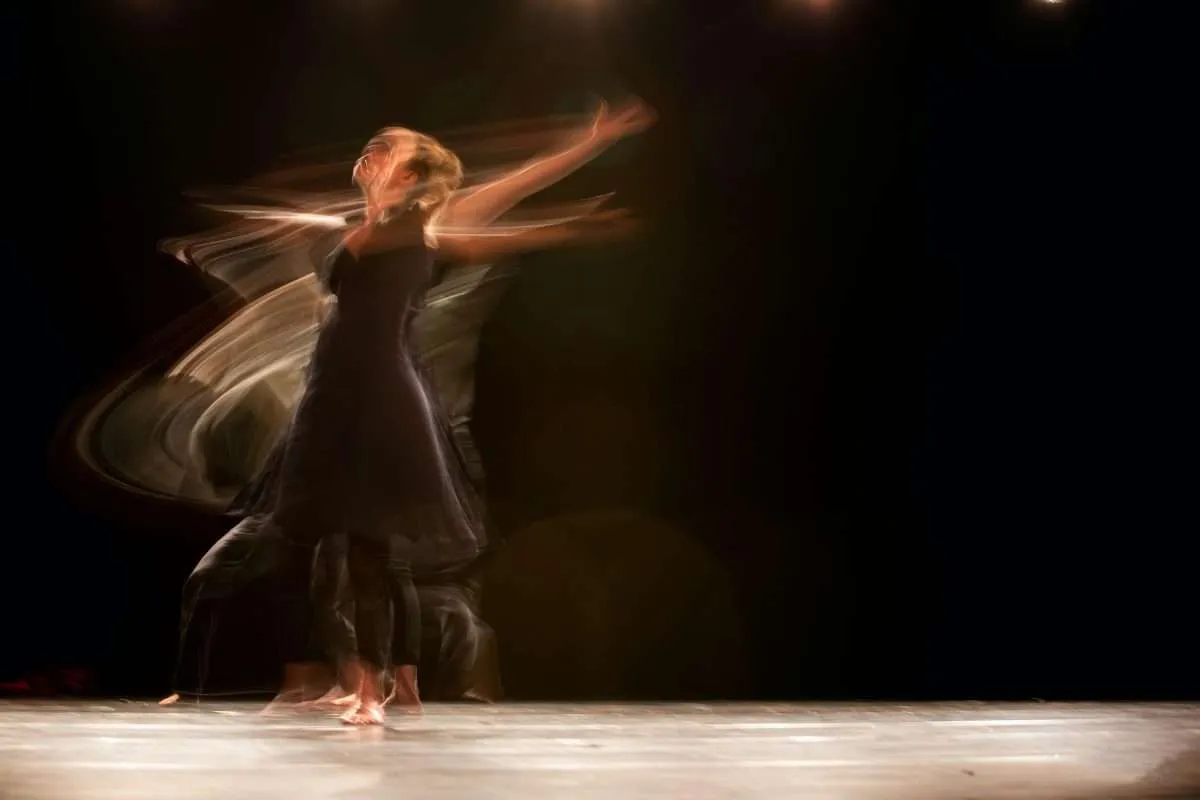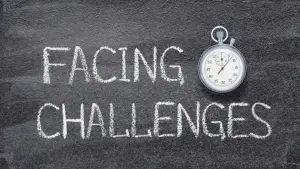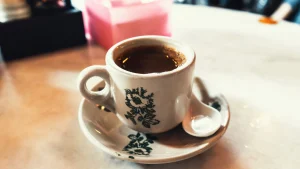Sociology and Dance: What are Bartenieff Fundamentals?
Bartenieff Fundamentals is “an approach to basic body training that deals with patterning connections in the body.” I recently learned about this approach to understanding movement in a modern dance class and it unexpectedly helped me find a connection between sociology and dance. It is a fascinating way to think about ourselves and our bodies. Movement is such a huge part of our lives. Whether we are free movers or have restrictions in our ability to move, movement, and the lack-thereof, impacts our daily lives immensely.
Dancing has always played a huge role in my life. When I moved to Indiana to further my graduate education, dance took its spot as the backdrop for the first time in my adult life as sociology made its way to center stage. Because of that change, it is always exciting when I can find a connection between my life as a sociologist and my life as a dancer.
When I first started reading about Bartenieff Fundamentals, I knew there was a connection between thinking about my movement as a dancer–and as a mover more generally—and thinking about my professional life as a sociologist. However, it wasn’t until I read the last chapter in Peggy Hackney’s book, Making Connections: Total Body Integration Through Bartenieff Fundamentals, that I starting actually making those connections.
Polarities in our Everyday Lives
In this chapter, Hackney talks about the many polarities, or rather the “either-ors,” that exist in our day-to-day lives. She mainly discusses polarities we use to think about our movement, but encourages her readers to move beyond movement and think about polarities that dictate our lives more generally (e.g., the republican-democrat political system in the U.S.).
One movement polarity she discusses is “mobile-stable.” We might think of mobility and stability as an either-or situation–you are either mobile or your are stable. However, Hackney focuses on integrating the two seemingly polar opposites to create an interactive relationship between the two. For example, she emphasizes the importance of “finding the type of mobility that is most enlivening and the type of stability that is supportive rather than rigidifying.”
Moving away from the application of this idea to movement, I find it helpful for thinking about the “academic-applied” polarity in sociology and, more personally, in my life. As a graduate student who has been planning her future career, other sociologists often ask me, “do you want to go into academia?” They don’t even need to add “or industry” for me know what they are asking: “do you want to be an academic sociologist or an applied sociologist?”
Anyone in a similar position as me knows that this decision can be extremely hard, especially knowing the likelihood of getting a tenure-track job after leaving academia to do applied work. Basically, the chances of having the opportunity to return to a secure academic career after choosing something else are slim to none. The structure of the academy really does make it an either-or choice.
How Sociology and Dance can help us Find a Third Space
What thinking about this polarity through Hackney’s framework does, is challenge me to find what she calls a “third space” between the two that takes the most enriching and enlivening parts from both academic and applied sociology to create a career that is fulfilling for me. Of course as I reflect on what I learned from Hackney’s book, I apply it to my life at an individual level. However, I think these ideas can and should be applied to every aspect of everyone’s lives.
The point I want to get across in this piece is that sociologists should not have to be “either-or.” We should be both, and we should be everything in between. Based on what I know about applied sociologists in my network, I think they have a grasp of how to find that “third space” that supports their academic curiosities as well as their passion for applying their knowledge to enact change. However, from my perspective, academic sociologists tend to stick to their side more than applied sociologist. Perhaps this is because academic sociology is more valued in the discipline and they have the luxury to do so.
There are many sociologists working as academics that have done inspiring work in their communities as applied sociologists. They are an amazing example of the power created within that “third space.” However, their professional label is still “academic,” demonstrating the structural resistance in sociology to integrate these poles to push the discipline past its historical roots as an academic discipline.
Integrating the Academic-Applied Polarity
Our agency over integrating these poles can only go so far without the structural support of our discipline. But what if we change this polarity from the inside? What if we use the agency we do have to integrate the application of sociology into academic settings in small ways? What if we slowly convinced our discipline to value the work we do in our communities through a creation of a “third space?” I think we are on our way there, and I am excited so see how the new generation of sociologists can integrate the academic-applied polarity that leaves so many of us feeling constrained.
I encourage everyone reading to think about the polarities in their lives. Maybe it’s “parent-partner,” or “healthy-unhealthy.” How might your life change if you were able to find that balance? What structural constraints do you face in integrating your “either-ors?” What agency can you exercise to tap into integration despite those structural constraints?
Regardless of the polarities dictating your lives, I truly believe this idea of integrating the poles can help us create more lively experiences in all aspects of our lives.







